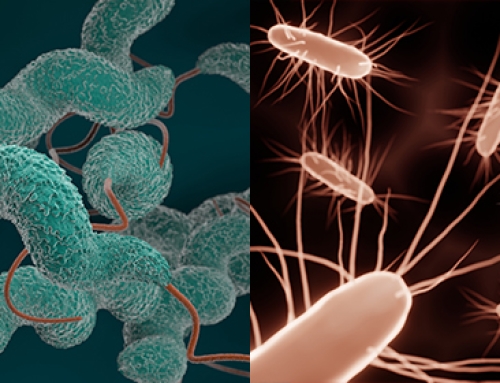The focus of most Internet content addressing the relationship between food and health is on nutritional aspects, such as the beneficial properties, or lack of them, of specific nutrients, the impact of certain diets or eating habits, and diseases caused by excessive, or nevertheless inappropriate, food consumption. Conversely, online journals, bloggers and influencers devote less coverage to risks deriving from food contamination by harmful chemical substances, and less still to risks associated with the possible presence of bacteria, viruses or other pathogenic microorganisms.
What do instead attract online publicists’ attention to chemical and biological food risks are cases of intoxication or alerts on contaminated foodstuffs circulating on the market. This is particularly true when they lend themselves to sensationalism in the news media or become a topic of debate and political controversy.

A study carried out by the IZSVe Communication Unit monitored and analyzed for a year the online contents in Italian relating to food safety topics that received the most views. In total, 12,163 contents were analysed, using both automatic techniques and manual classification methods. The study highlighted that most of the content focused on nutritional aspects, while chemical and biological risks were addressed above all in case of alerts or particular situations that catalyzed the attention of the news media.
These were among the findings of a study conducted by the Communications Unit of the Istituto Zooprofilattico Sperimentale delle Venezie (IZSVe) to monitor and analyse, over the course of one year, content relating to aspects of food safety achieving the highest number of online visualizations. The data, published by the researchers in the Journal of Medical Internet Research, speak for themselves: out of a total of 12,163 content items analyzed using both automatic techniques and manual classification methods, a striking 21.6% concerned nutritional aspects of food, 13.7% related to risks arising from toxic chemical substances, and as few as 6.1% addressed risks associated with the presence of pathogenic microorganisms.
The second most covered aspect were alerts surrounding cases of intoxication or withdrawal of contaminated products from the market, accounting for 17% of analyzed content. A further 12.9% related to “media cases”, i.e. episodes and discussions of specific health problems that had attracted particularly heightened media coverage and debate during the study period. This included the European alarm for eggs contaminated by the pesticide fipronil, the management of the PFAS emergency in the Veneto Region of Italy, and the debate on the dangers of glyphosate and whether it ought to be approved for use as a pesticide within the European Union.
As regards perception of food risks and the scientific literacy of public opinion, in the current landscape, people seeking information from the internet are in danger of underestimating the risks associated with chemical and biological contamination of foods, and specifically the role people can play in generating such risks during everyday food handling. There are various instances, from food transportation, to the handling of meat, eggs and vegetables in the kitchen, to cooking and leftover management, in which incorrect food hygiene behaviour can lead to health issues – in some cases serious.
In response to this, the Communications Unit of IZSVe has recently published www.foodrisks.eu. This is a portal where visitors can rapidly and concisely consult essential information on health risks related to food consumption, through a series of fact sheets to increase knowledge about bacteria, viruses, and dangerous chemical substances. It also provides advice on the best hygiene practices to follow with a view to reducing associated risks. The website also provides an overview of the system of controls performed on foods, by both food manufacturers and health authorities, in addition to describing the actions implemented by institutions during food alerts.
Read the paper in the Journal of Medical Internet Research » Visit the website www.foodrisks.eu »








